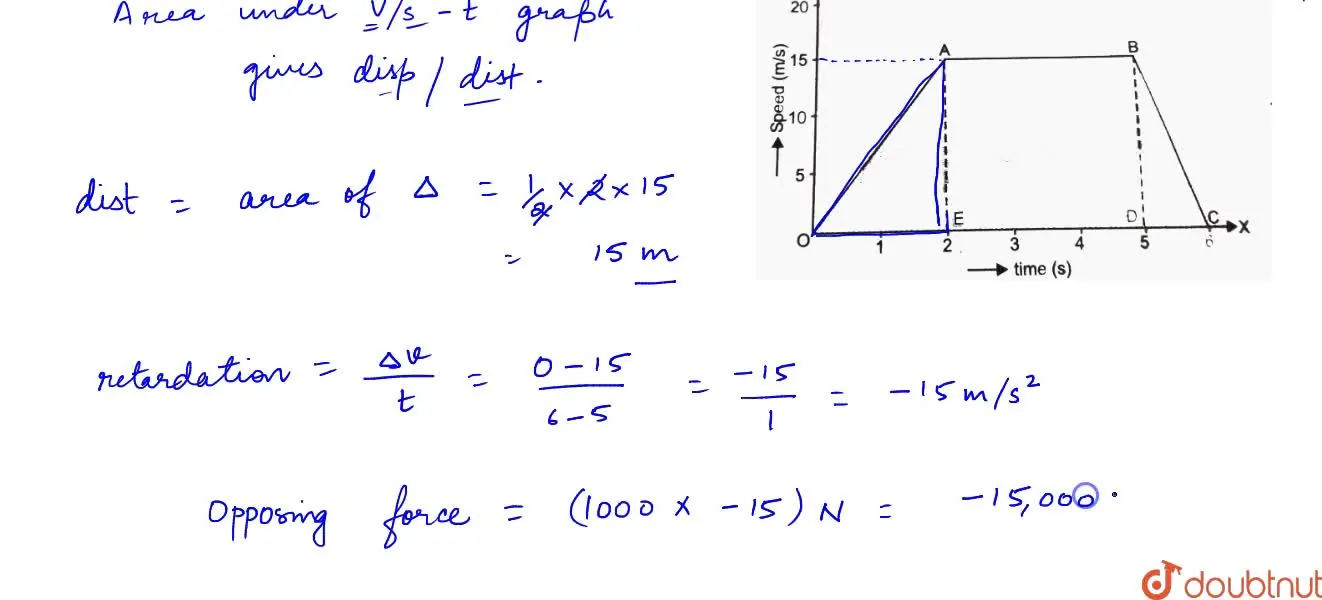The speed- time graph of a car is given in (figure) The car weights 1000kg
(a) What is the distance travelled by the car in first two seconds?
(b) What is the braking force applied at the end of 5seconds to bring the car to a stop within one second?
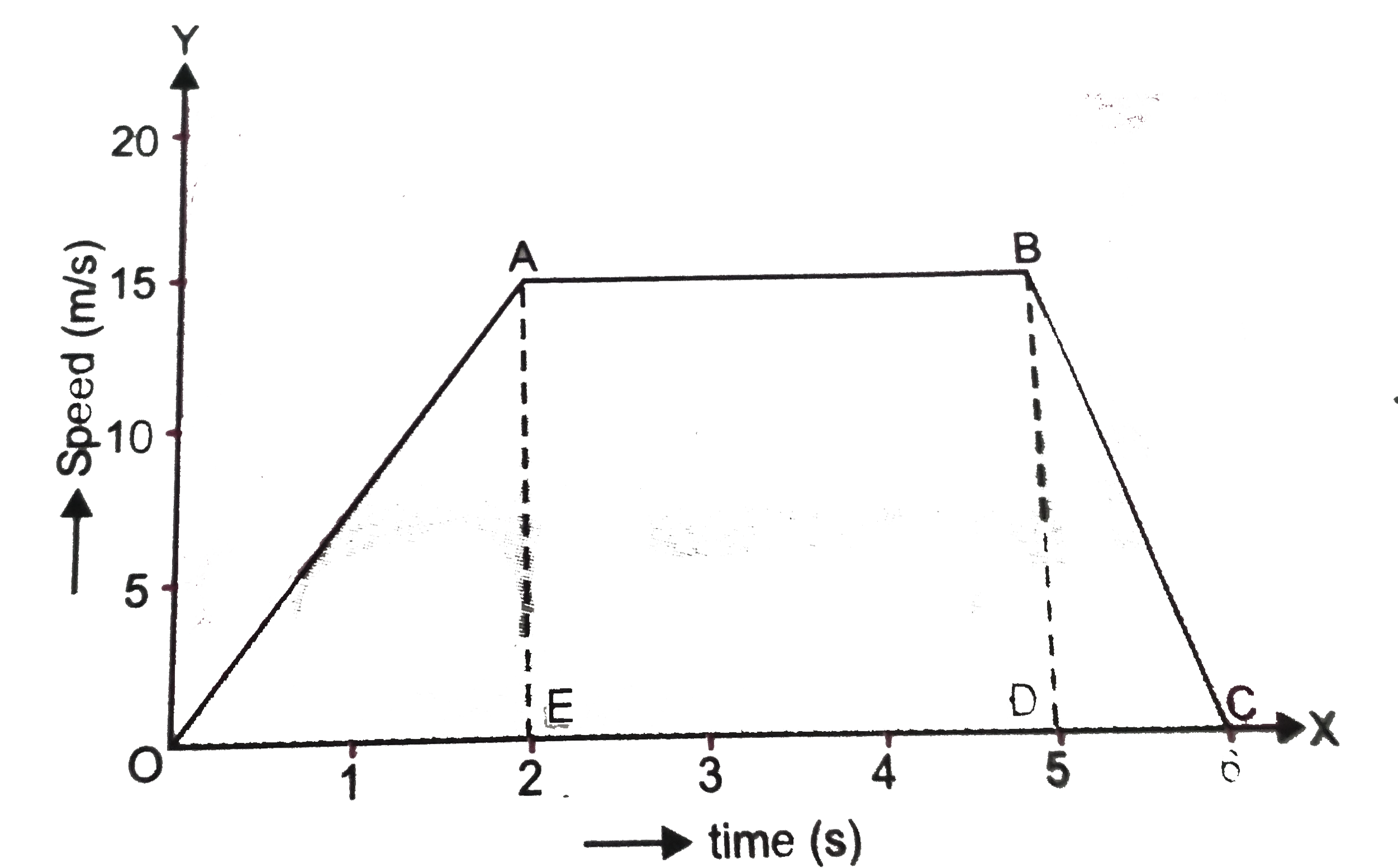
(i) We will first calculate the distance travelled in the first two seconds. From the given graph we find that :
Distance travelled in first two seconds = Area under line AB and the time axis
=Area of triangle AB2
=12×base×Height
=12×2×15
=15 m
Thus, the distance travelled by the car in the first two seconds is 15 metres.
(ii) The braking force is to be calculated by using the formula
Force=mass×acceleration
or F=m×a
Here, the mass of the car is given as 1000 kg but the acceleration in the last one second (from point C to point D) is to be obtained from the graph shown above. Now, we know that the acceleration is given by the slope of speed-time graph. So,
Acceleration in last one second = Slope of line CD
=PerpendicularBase
=151
=15m/s2
If we look at the above given graph, we will find that the speed of the car is decreasing from point C to point D. That is, the acceleration from C to D is negative and hence it should be written with a minus sign. Thus,
Acceleration, a =-15 m/s2
Now,putting m= 1000 kg and a =15 m/s2 in formula (1), we get:
Force,F=1000 × (-15)
=-15000N
Thus, the force applied by the brakes to stop the car is 15000 newtons. The negative sign of force here shows that the force is being applied in a direction opposite to the motion of the car. That is, it is a retarding force.
Related Playlists
Similar Questions
The speed- time graph of a car is given in (figure) The car weights 1000kg
(a) What is the distance travelled by the car in first two seconds?
(b) What is the braking force applied at the end of 5seconds to bring the car to a stop within one second?
 View Solution
View SolutionA car weigh 1500kg. Its speed time graph is shown in (figure). Calculate the force required at the end of 5seconds to bring the car to a stop within one second.
View SolutionThe velocity- time graph of car moving on a straight track is given below. The car weight 1000kg.
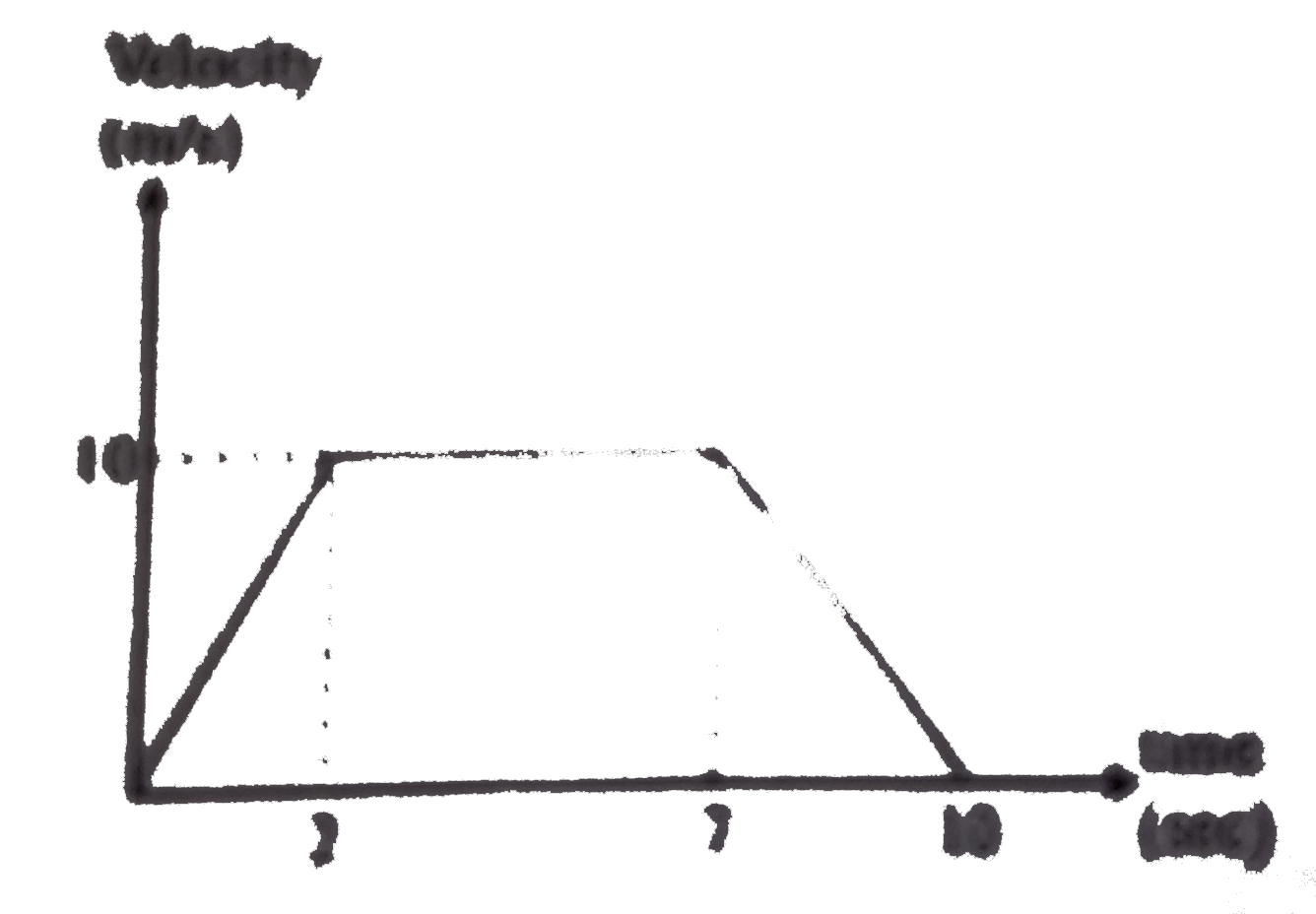 The distance travelled by the car during the whole motion is:View Solution
The distance travelled by the car during the whole motion is:View SolutionThe distance travelled by a motor car in t second after the brakes are applied is a feet, where s = 22t −12t2.
View SolutionThe distance travelled by a motor car in t seconds after the brakes are applied is s feet where s=22t−12t2. The distance travelled by the car before it stops, is
View SolutionA car travels at a speed of 50 m/s. for 5 hours. What is the distance (in km) travelled by the car?
View SolutionThe speed of a car as a function of time is shown in figure.
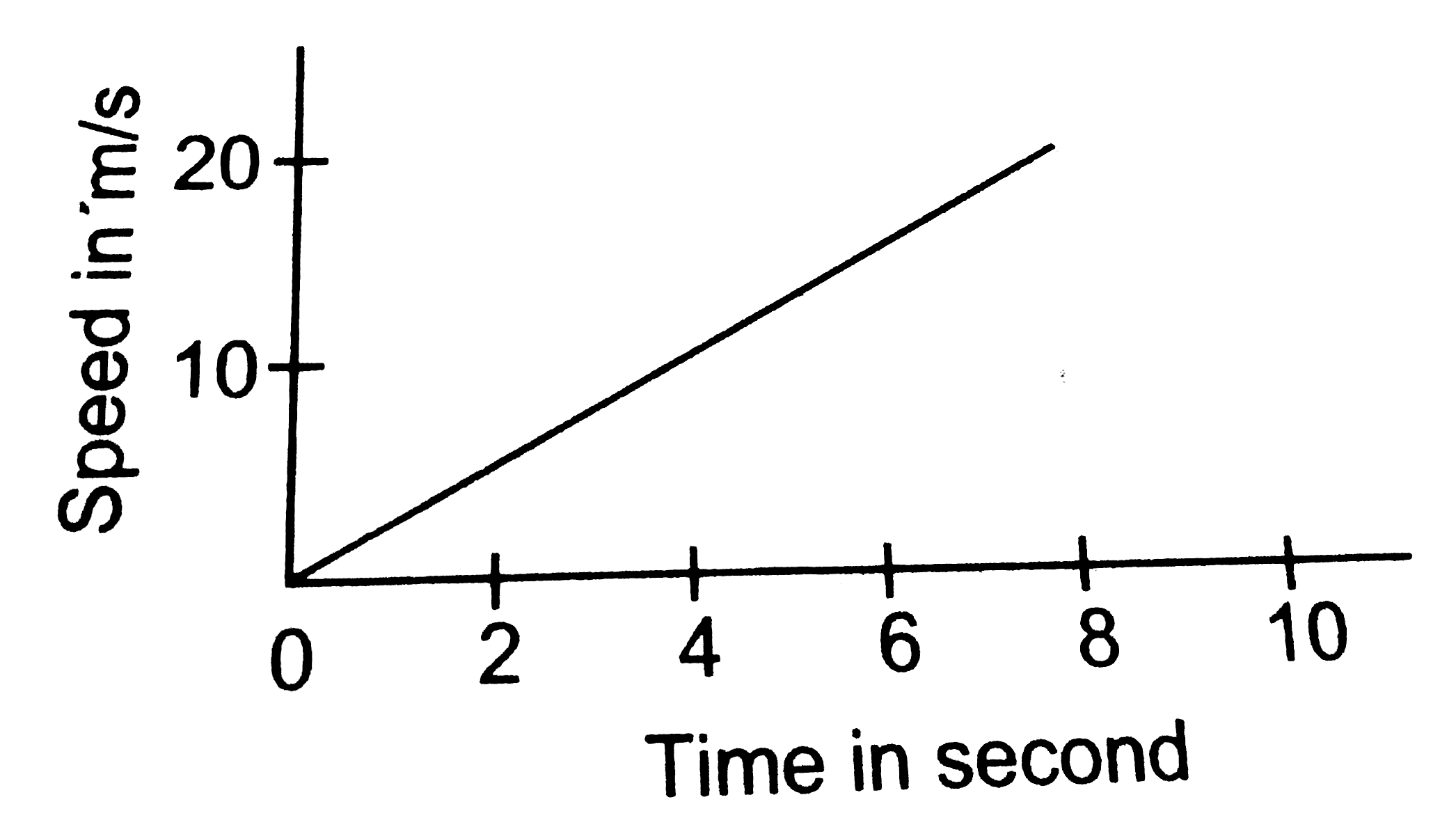
Find the distance travelled by the car in 8 seconds and its acceleration.View SolutionThe speed of a car increases uniformly from zero to 10ms−1 in 2s and then remains constant (figure)

a. Find the distance travelled by the car in the first two seconds.
b. Find the distance travelled by the car in the next two seconds.
c. Find the total distance travelled in 4s.View SolutionThe velocity-time graph of a car moving along a straight road is shown in figure. The average velocity of the car in first 25 seconds is
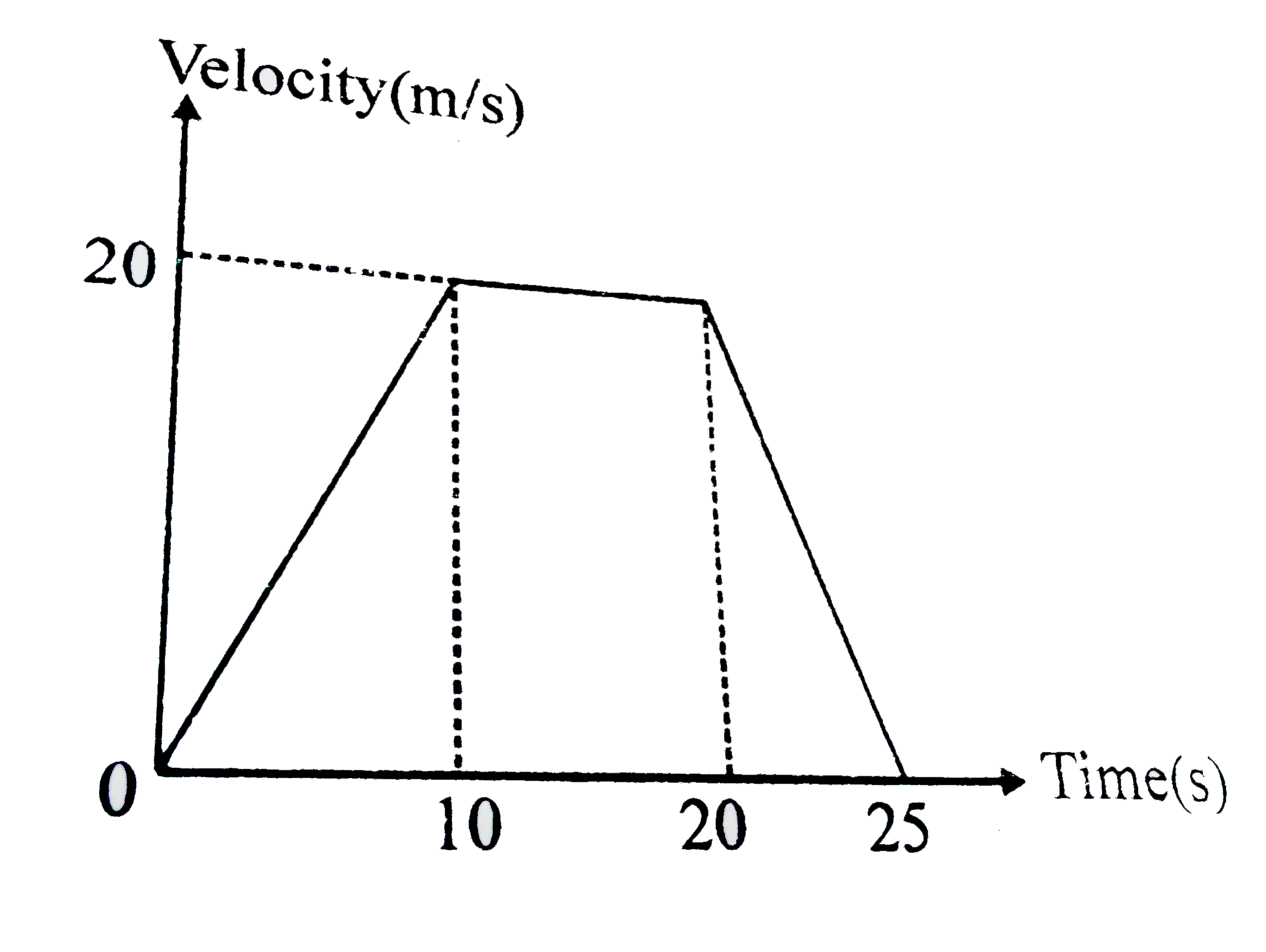 View Solution
View SolutionA car moves at the speed of 72 km/hr. What is the speed of the car in meters per second ?
View Solution

